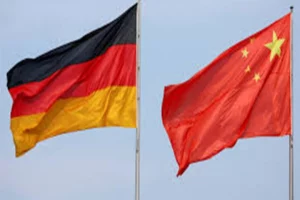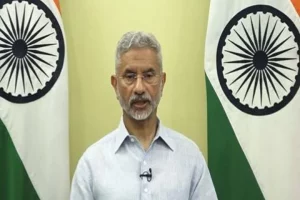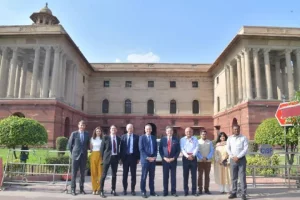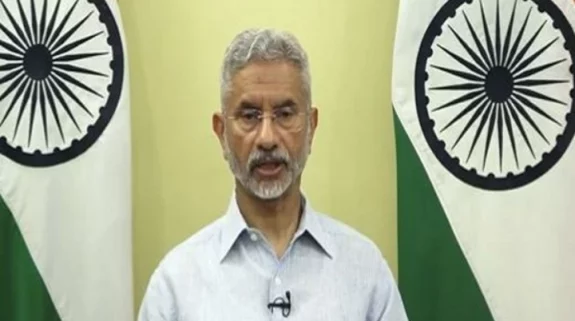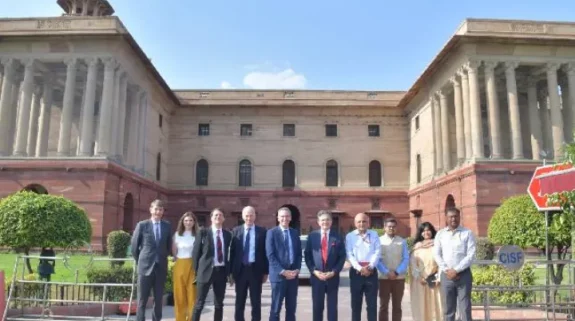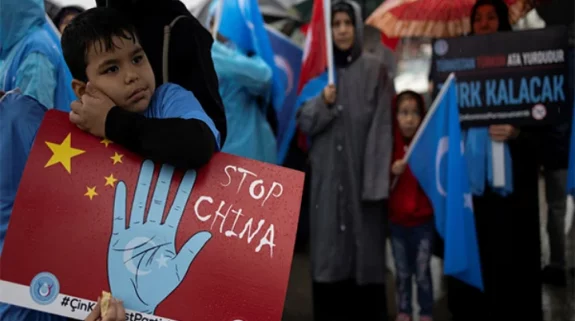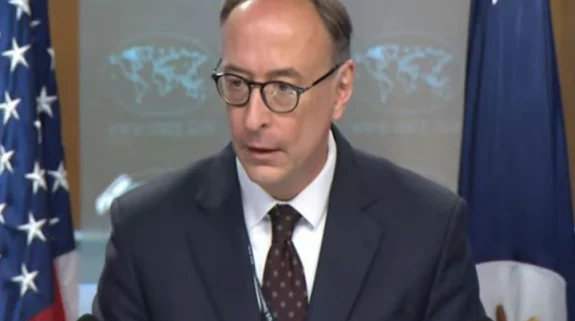Recent satellite images have revealed that Kailash Mansarovar, a Hindu pilgrimage site in China, now looks like a war zone with heavy artillery and military presence. The Chinese military is reportedly constructing a surface-to-air missile (SAM) site as well as other infrastructure in the India-Nepal-China tri-junction area near the Lipulekh pass. The Chinese military build-up along India’s border has been increasing for the past months.
The militarization of Mount Kailash comes amid hostility between India and China. Although the troops have not engaged in any hostility since the violence in Galwan Valley in eastern Ladakh, both nations have been strengthening border security steadily.
<img class="wp-image-10636 size-full" src="https://indianarrative.com/wp-content/uploads/2020/08/d22b4f84355a825de6f0abb2c4c4e0be.jpg" alt="" width="549" height="396" /> The route to Kailash Mansarovar (IANS)Kailash Manasarovar is one of the most important religious sites for Hindus who travel there for pilgrimage. The sacred sites around this area find mentions not only in Hindu texts but also in the Buddhist scriptures. The site has now become a war zone with extensive military presence.
The site is located around 90 km from Indian borders. Chinese PLA did a small construction at this location under the pretext of security and convenience of pilgrims that visit Mount Kailash. China had taken over the houses of Tibetans in this area in the name of infrastructure and razed them to erect hotels and facilities. While the area was manned earlier by a section of People's Armed Police, the recent constructions show a full-fledged garrison with many houses and hotels built around it.
This development also comes at a time India got embroiled in a diplomatic row over the construction of a road leading to Lipulekh located at the India-China-Nepal tri-junction. The tri-junction area has been mired in controversy since India inaugurated a new road in May, called the ‘Kailash-Mansarovar Yatra Route’, which almost goes up to Lipulekh Pass at the India-China border.
The road makes the pilgrimage to Kailash Manasarovar shorter and easier. This 80km strategic road constructed at the height of 17,000 feet above the sea level makes the journey to Kailash Mansarovar much shorter and smoother. However, this construction has irked Nepal, who claimed that India constructed the said road in the disputed territory. Nepal went ahead and issued a new political map raising claim over several territories in India. It is believed that China is backing the communist government in Nepal to act against India.
These areas used to be a part of Indian territory until the late 1950s, when the Chinese forcefully took over parts of Mount Kailash, Mansarovar, and Eastern Ladakh. China has been trying to constrain the access of Indians to both Mansarovar and Mount Kailash for a long time by closing certain routes citing myriad reasons. Now China has been trying to control access to these areas by closing roads that may provide easier access to these areas. It keeps access open via Pithoragarh in Uttarakhand that is considered the most challenging route all year round.
More recently, they had released videos where tanks could be seen moving near the Mansarovar area, even though they do not have a facility there that they need to defend. There is a chance the Chinese are doing this to block paths that the Indian Air Force may take in case of hostilities.
In May, China had released two videos of tanks rolling on the road close to Manasarovar. In June it released videos depicting deployment in territories it occupied in Tibet and India. It is believed that China sees these areas as a possible path that Indian Air Force may take during hostilities.
India and China have been locked in a fierce stand-off at the Line of Actual Control (LAC) in eastern Ladakh, causing both sides to increase troop build-up along the entire LAC. Despite multiple levels of diplomatic and military talks between the two sides, the situation has reached a stalemate, with the India now weighing military options as well.
Chief of Defence Staff General Bipin Rawat said on Monday that the military ‘remains prepared for action’ if the ongoing diplomatic and military talks with China did not succeed in restoring status quo along the LAC as it existed in April..







